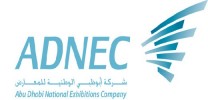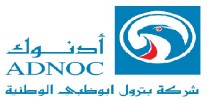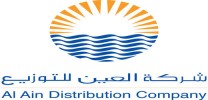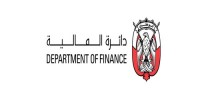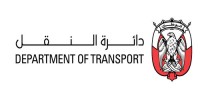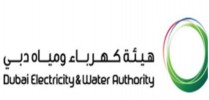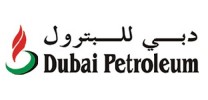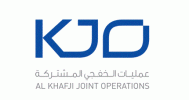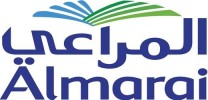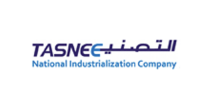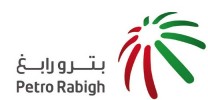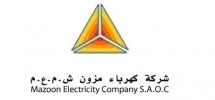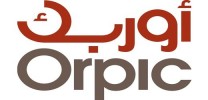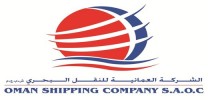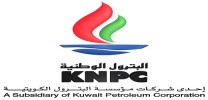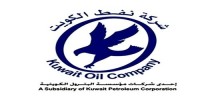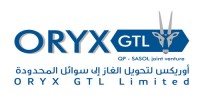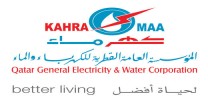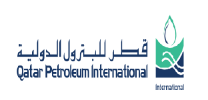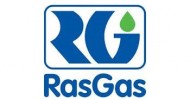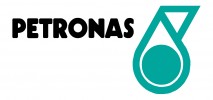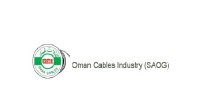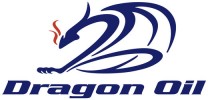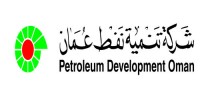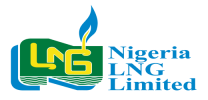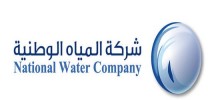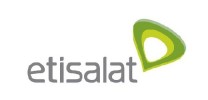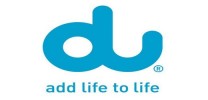
Managing Health & Safety in the Workplace
Course Introduction:
This training programmed has been designed to provide essential knowledge and understanding of health and safety for employees working in any sector of business, whether manufacturing, commerce, public sector or the service industries. Good health and safety standards rely on employers and employees working together to reduce risks and prevent accidents and ill health arising from work activities.
Employers have a responsibility to provide safe and healthy workplace conditions as well as safe systems and methods for workplace activities. An essential element of any safe system is the knowledge and attitude of employees, and this demands proper training in the basics of health and safety, as well as specific training for individual tasks.
Course Objectives:
Upon successful completion of this course, the delegates will be able to:
- Work in a safe and healthy manner and contribute to improving health and safety within an organization’s policy
- Identify key hazards in their own workplace
- Understand the importance of health and safety rules and working procedures
- Report potential health and safety problems
- Understand the responsibilities of both employers and themselves
Who Should Attend?
This course is designed to be relevant to all levels of staff.
Course Outline:
Day 1:
Health and Safety at Work
· Why manage health and safety?
· Common types and causes of work related accidents and ill health
· Examples of occupational, environmental and human factors which can affect health and safety
Health and Safety Law
· Health and Safety at Work etc. Act 1974
· Specific safety issues covered by regulations including risk assessments, competent persons, and employee consultation
· Enforcement
· Consequences of non-compliance
Prevention of accidents and ill health
· Principles of accident and ill health prevention
· ‘Accident’
· Stress
· Alcohol and drugs
· Smoking
· Violence
· Accident recording and reporting
Day 2:
Risk Assessment
· ‘Hazard’
· ‘Risk’
· Risk assessment
· Control measures
· Specialized assessments
First Aid at Work
· Purpose and importance of first aid
· Requirement for first aid provision, dependent on workplace hazards and risks
· Difference between an appointed person and a first aide
· First aid materials
Personal Protective Equipment (PPE)
· A measure of last resort
· Examples and function
· Responsibilities for provision, use, care and maintenance of PPE
Day 3:
Workplace Health, Safety and Welfare
· Importance of a safe working environment
· Health and safety aspects of the building structure, design layout and services
· Importance of good storage, stacking, maintenance and housekeeping
· Welfare facilities
· Safety signs
Work Equipment
· Hazards and risks associated with work equipment
· Control measures
Electricity
· Hazards and risks associated with electricity
· Installation testing and maintenance
· Improving electrical safety
· Dealing with electric shock
Day 4:
Fire Prevention
· Hazards and risks associated with fire
· The fire triangle
· General precautions for fire prevention and safe evacuation
· Fire control and actions to be taken
Occupational Health
· Main types of health hazard
· Examples of occupational illness and disease
· Control measures and the hierarchy of control
Hazardous Substances
· Nature and risks of hazardous substances
· Examples
· Control
· Authorization and training
Day 5:
Ergonomics and Workstation Design
· Musculoskeletal disorders
· Reducing the risks
· Spotting problems
Manual Handling
· Examples of manual handling injuries
· Need to minimize manual handling
· Reducing the risk of injury
Noise
· Potential long and short term effects of exposure to noise
· Methods of noise reduction and control
· Hearing protection
Course Methodology:
A variety of methodologies will be used during the course that includes:
· (30%) Based on Case Studies
· (30%) Techniques
· (30%) Role Play
· (10%) Concepts
· Pre-test and Post-test
· Variety of Learning Methods
· Lectures
· Case Studies and Self Questionaires
· Group Work
· Discussion
· Presentation
Course Fees:
To be advised as per the course location. This rate includes participant’s manual, Hand-Outs, buffet lunch, coffee/tea on arrival, morning & afternoon of each day.
Course Timings:
Daily Course Timings:
08:00 - 08:20 Morning Coffee / Tea
08:20 - 10:00 First Session
10:00 - 10:20 Coffee / Tea / Snacks
10:20 - 12:20 Second Session
12:20 - 13:30 Lunch Break & Prayer Break
13:30 - 15:00 Last Session





.jpg)

















